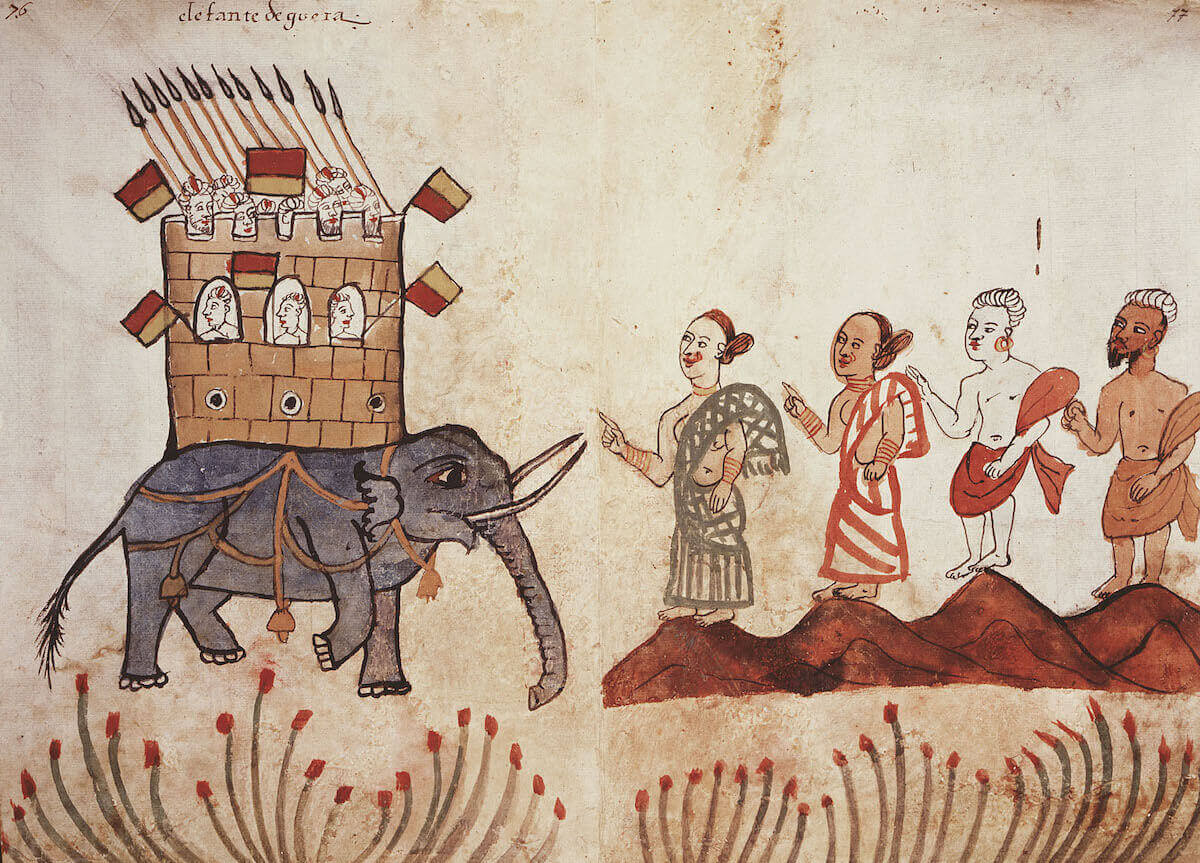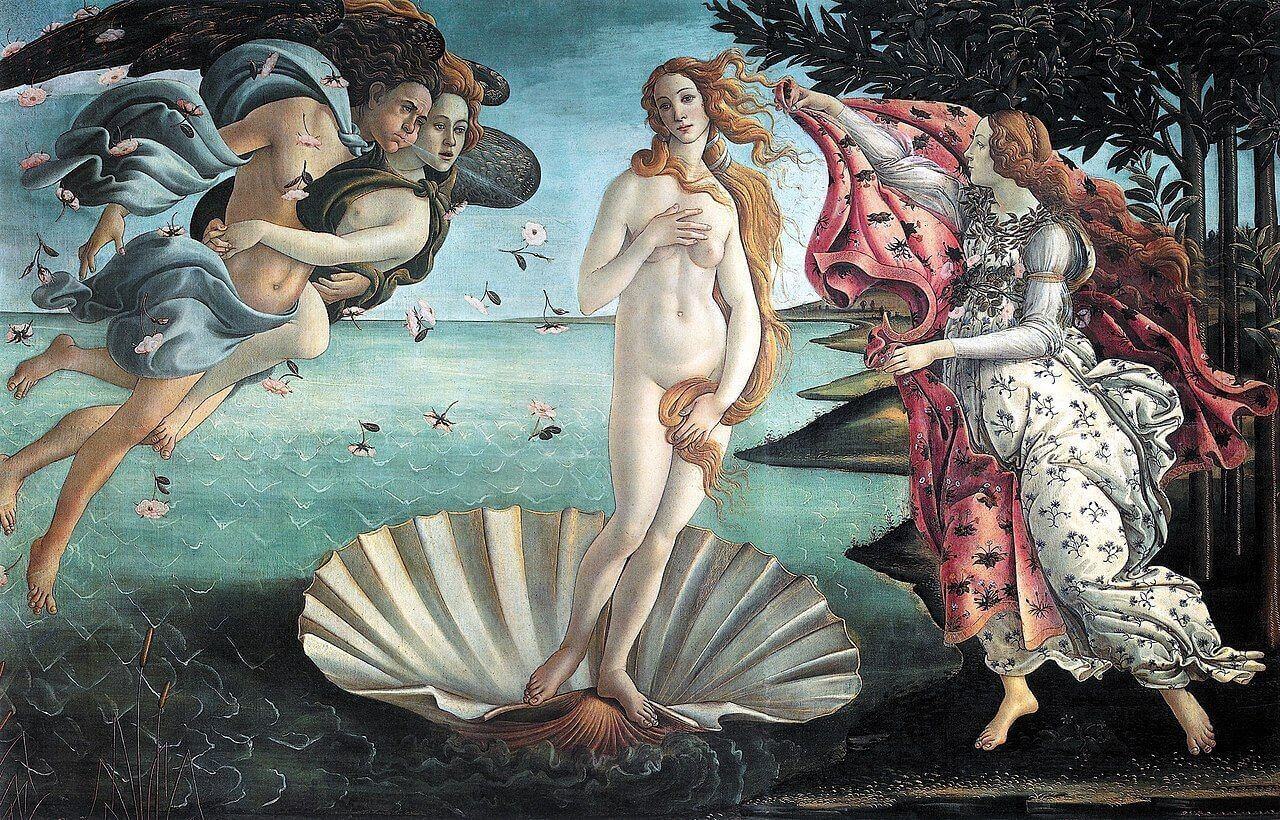Life
Sunzi’s “The Art of War” is an ancient Chinese text that has become famous worldwide for its insights into strategy. But scratch the surface, and you find a text that is as troubling as it is fascinating.
If you are a business leader wanting to inject some gravitas and swagger into your PowerPoint presentation, then Sunzi’s The Art of War is the way to go. This ancient Chinese classic is often cited in the business world, at boardrooms and at training events. It is used by sports trainers seeking to inspire their players. And it is an inspiration for military leaders, who praise it as the go-to text for insights into military strategy. So who was this ancient philosopher? And why does his book still have such an influence down to the present day?
The traditional biographies say that the military strategist Sunzi, whose given name was Sun Wu, was born in the state of Qi sometime around 544 BCE. This would make him a contemporary of Confucius, and an heir of Guan Zhong, who died a century before. However, the book that is named after Sunzi, Sunzi’s Art of War (Sunzi bingfa) clearly shows the hand of multiple authors, and it probably dates to the latter half of the Warring States period (475 BCE - 221 BCE).
From at least as early as the Song dynasty in the twelfth century, there has been doubt about whether Sunzi was a historical figure at all. The contemporary scholar Victor Mair concludes that Sunzi is, “a purely legendary figure concerning whom not a shred of reliable biographical data exists.” But he then adds that “for those who believe in him, he is as real as any deity or mythical hero.”
Murder on the drill-ground
It is certainly true that the only accounts that have come down to us of Sunzi’s life are fanciful at best. In one story related in the bamboo texts excavated at Yinque Shan (or Silver Sparrow Mountain) in China in 1972, Sunzi is appointed as a minister to the court of king Helü of Wu. During an audience with the king, the ruler talks to Sunzi about his fondness for war. Sunzi responds as follows:
Using the military is to gain the advantage; it is not a matter of being fond of it… it is not a matter of sport. If Your Majesty wants to ask about war in terms of fondness and sport, I dare not reply…Sun-Tzu: The Art of Warfare, translated Roger T. Ames, p. 85
For Sunzi, warfare is not a game. It is about getting results. But the king will not listen to him. And what happens next is horrific. In the version of the story told by Sima Qian (145 BCE - c. 86 BCE), Helü of Wu can’t get it out of his head that warfare is just a bit of a lark. He is interested only in entertainment. And so, because he is looking for a bit of a diversion, the king assembles a group of one hundred and eighty women from the court, and he tells Sunzi to train them in military strategy.
Sunzi puts two of the king’s most favoured court women in charge as commanders. King Helü still thinks it is all a huge joke. He watches from the balcony as the women go through the military manoeuvres. But then things take a horrible turn. Taking their cues from the king, the women do not take the drilling seriously. They keep falling about laughing. Sunzi’s response is brutal. He orders that the two women who have been placed in command should be beheaded.
After this, a chill descends over the drill-ground. And the palace women are soon assembled into a formidably disciplined force.
Appointing the next two in line as the new unit commanders, he again drilled them. Left, right, front, back, kneel, stand—at every turn the women performed with the precision of the square and compass, and did not dare to utter a sound. Master Sun thereupon sent a messenger to report to the King, “The troops have now been properly disciplined. Your Majesty can come down to inspect them. Do as you like with them—you can even send them through fire and water!”Sun-Tzu: The Art of Warfare, translated Roger T. Ames, p. 17
These are parts of Sunzi’s story that don’t usually make it into the self-help books, or into the PowerPoints of business leaders.
Philosophy
Five criteria
The Art of War begins with the claim that the “vital matter of state” that is warfare cannot be left unexamined. The unexamined war is not worth waging. So the book goes on to set out the principles of waging successful war.
The Art of War sets out five criteria that can guarantee success or failure in war: the dao or the way (here not a metaphysical notion, but instead the underlying ethos that binds an army together into a unity); the climate; the terrain; the quality of command; and finally fa — order and discipline (see the Philosopher File on fa in Guan Zhong’s philosophy).
To wage a successful campaign is not really about military hardware. Instead, it is about strategy, about attention to external conditions, about having the correct bureaucratic chains of command in place, and about having a system of discipline and punishment that can make sure these chains remain unbroken.
The fruits of deceit
It is at this point that the Art of War makes an interesting turn. Warfare, the author says, is the “way of deceit.” And the book goes on to set out an argument for instrumental low cunning that has guaranteed its fame and notoriety down to the present.
According to this “way of deceit”, if you are competent, you should give the appearance of being incompetent. If you are active, you should give the appearance of passivity. If you are close by, you should let others believe you are far away (and vice versa). This is how to wrong-foot your opponent.
In this view, success in warfare does not depend on adherence to a constant set of rules. Instead, what matters most is our responsiveness to the conditions and the tendencies of the time (the term in Chinese is shi 勢), so that we can take maximum strategic advantage, by whatever means necessary.
Therefore, when able, seem to be unable; when ready, seem unready; when nearby, seem far away; and when far away, seem near. If the enemy seeks some advantage, entice him with it. If he is in disorder, attack him and take him. If he is formidable, prepare against him. If he is strong, evade him. If he is incensed, provoke him. If he is humble, encourage his arrogance. If he is rested, wear him down. If he is internally harmonious, sow divisiveness in his ranks. Attack where he is not prepared; go by way of places where it would never occur to him you would goSun-Tzu: The Art of Warfare, translated Roger T. Ames, p. 41
In line with these principles, the Art of War explores questions such as when to attack, when to fall on the defensive, the virtues of using spies, and above all, the role of timing in military strategy.
How to lose friends and influence people
What makes the Art of War so disturbing and fascinating is its focus on how to prevail at any cost. There is no room here for the rules of war, or for notions of “just” war. What matters is not morality, but advantage. This means that seeking wisdom in the Art of War may not win you many friends. But then, strategy is not about winning friends. It is about winning the war so you can extend your range of influence.
Nevertheless, there is a kind of ethics built in to the Art of War, one that lies in the recognition that war is a serious business. War is not about sport or fun. It is not about the posturing of rulers or their attempts at winning personal glory. Nor is it about honour and virtue and all the other myths that can often sustain and perpetuate human conflicts. What matters instead is simply getting the horrible job of war done as quickly and as decisively as possible.
In the later Chinese tradition, the Art of War was controversial. Confucians objected to its disregard for moral rectitude. But it remains a book that is widely read in military and business circles. And for those who may find the book problematic, given its influence, it is worth reading. After all, as the author of the Art of War himself might counsel, it is important to know what your enemy is up to. Particularly if what they are up to is reading the Art of War.
Further Reading
Books
Victor Mair’s translation (Columbia University Press 2007) is hugely accessible. The Art of War: Sun Zi’s military methods (Translations from the Asian Classics).
An older version, but with considerable philosophical nuance, is Roger T. Ames’s Sun Tzu: The Art of Warfare (1993).
Online Resources
The BBC’s In Our Time has a show on Sunzi’s Art of War.



